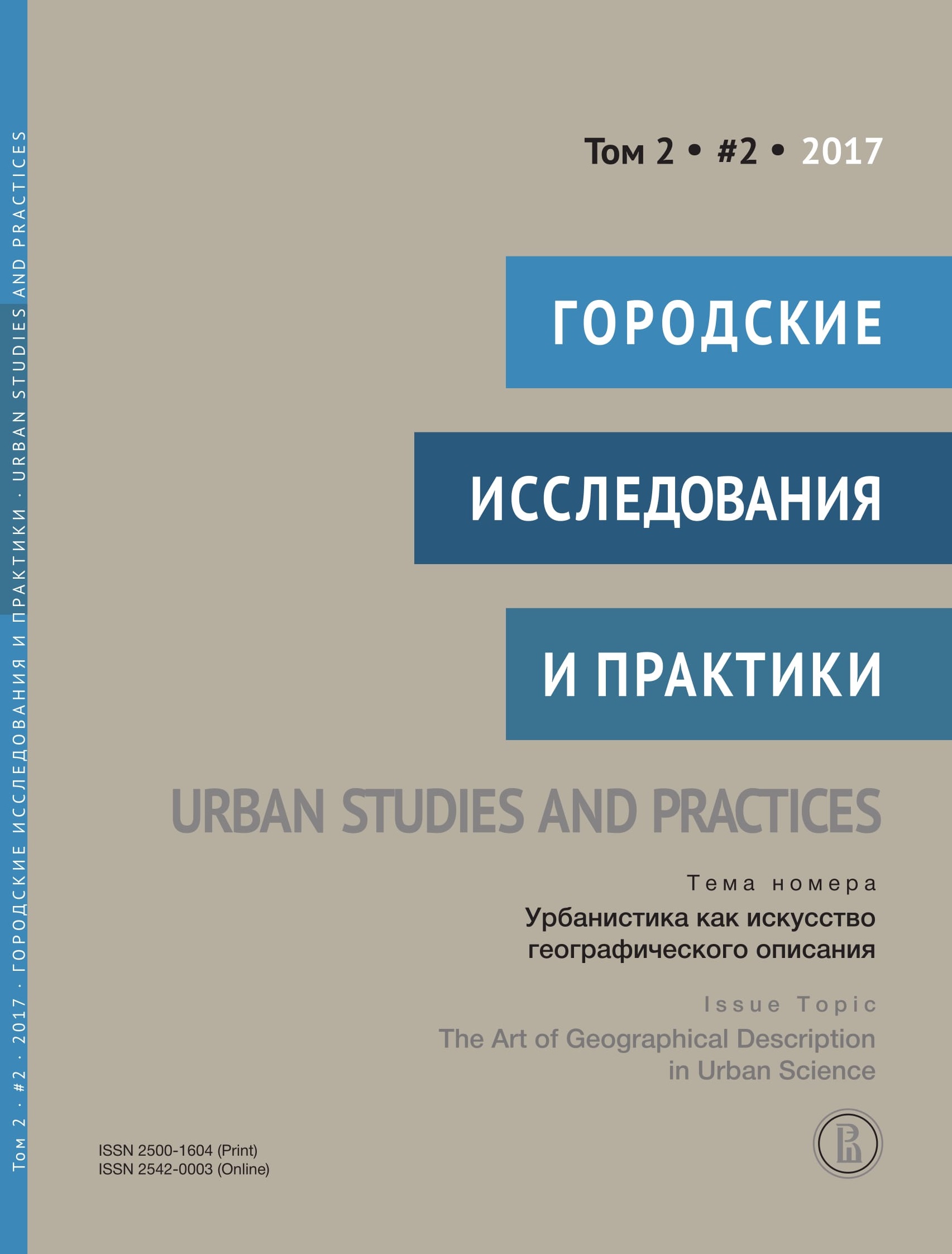Полевое исследование этнокультурных анклавов в городах США
методика и примеры
Аннотация
Полевые исследования — один из главных методов социально-экономической географии. Во многом научное наследие Л.В. Смирнягина связано именно с полевыми исследованиями, в том числе в американистике. Данная статья посвящена полевым методам в исследовании этнокультурного многообразия в городах США. Сложный состав населения по расово-региональному, этническому и культурному происхождению — одна из фундаментальных особенностей США. Особенно ярко многообразие населения проявляется в крупных городах, главных экономических центрах и магнитах иммиграции. Неоднородность расселения в городском пространстве отражается в наличии так называемых этнических кварталов, ставших привычной чертой многих американских городов.
Полевые методы исследования позволяют выявить подобные образования, этнокультурные анклавы (ЭА), в городской среде, сопоставить их друг с другом по степени визуальной выраженности. В сочетании с анализом статистических и исторических данных об ЭА можно не только дать им комплексную характеристику, но и определить стадию развития и тип района. Статья сочетает в себе разработанные автором теоретические положения, методику полевого исследования ЭА, а также примеры ее применения — комплексные обзоры, кейс-стади по двум этническим районам Нью-Йорка.

